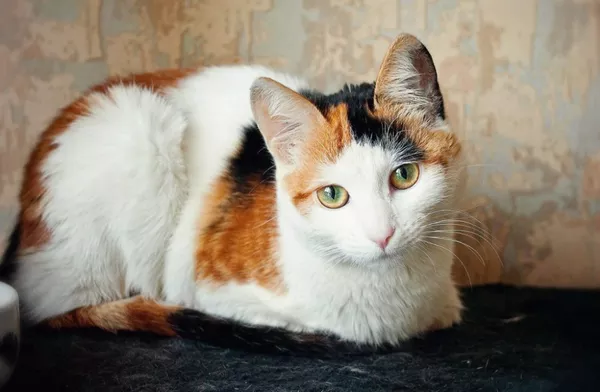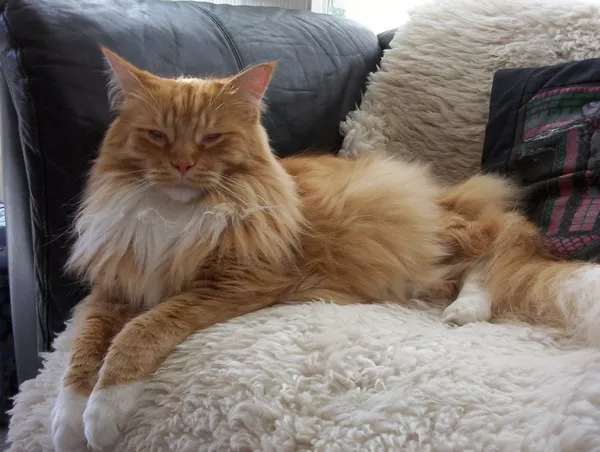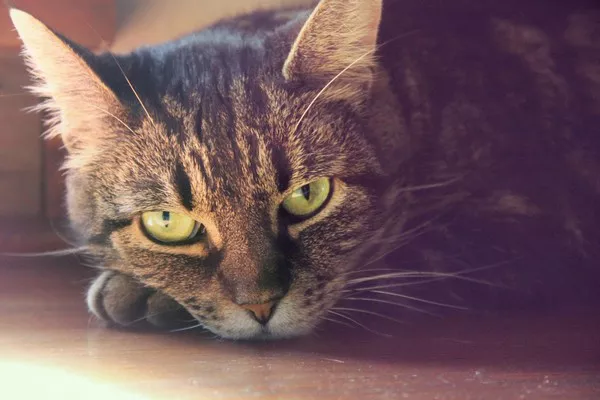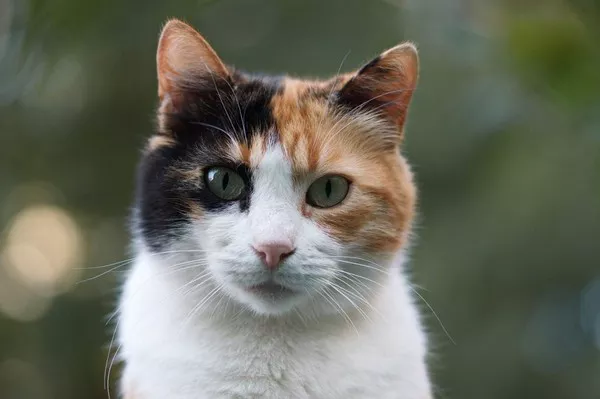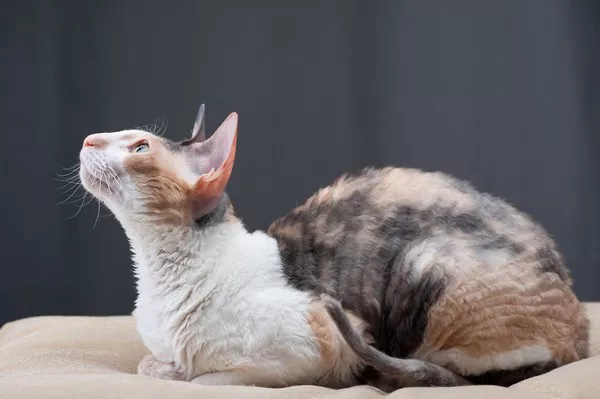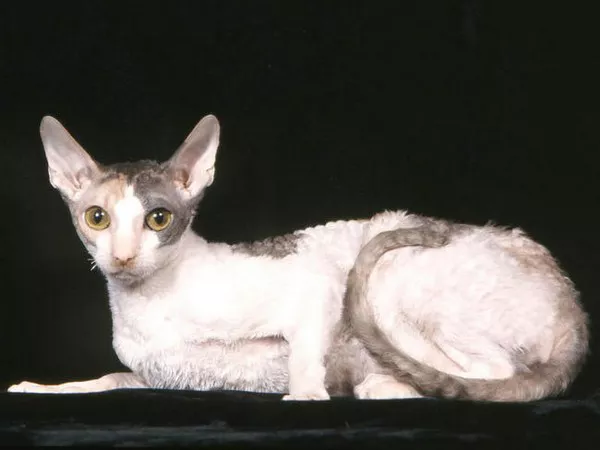Calico cats are known for their distinctive tri-colored coat, which is made up of patches of white, black, and orange fur. But despite their unique appearance, calicos are not a specific breed of cat. Instead, they are defined by their coat pattern, which can appear on a variety of different breeds and even mixed-breed cats.
In this article, we will explore the genetics behind calico cats and discuss some of the most common breeds that may have calico coloring.
The Basics of Calico Genetics
To understand what makes a cat a calico, it’s important to first understand the basics of cat genetics. Cats, like all living organisms, inherit their physical traits from their parents through the transfer of genes. These genes determine everything from a cat’s eye color to its coat pattern.
The gene responsible for calico coloring is known as the X-linked gene. Unlike other genes, which have two copies (one from each parent), cats have two sex chromosomes: X and Y. Female cats have two X chromosomes, while male cats have one X chromosome and one Y chromosome. The X-linked gene sits on the X chromosome, which means it can only be expressed in female cats or in male cats with an extra X chromosome (a rare genetic condition called Klinefelter syndrome).
When a female cat inherits two different versions of the X-linked gene – one for black fur and one for orange fur – she will develop the classic calico coat pattern. This happens because the X chromosomes undergo a process called X-inactivation, where one of the X chromosomes in each cell is randomly turned off. As a result, some cells express the black gene while others express the orange gene, leading to the distinctive patchwork appearance of a calico cat.
Breeds That Commonly Have Calico Coloring
While calico coloring can appear on a variety of different cat breeds, there are some breeds that are more commonly associated with this coat pattern. Here are a few examples:
1. American Shorthair
The American Shorthair is a popular breed known for its friendly personality and low-maintenance coat. While these cats can come in a variety of colors and patterns, calico coloring is not uncommon.
2. British Shorthair
The British Shorthair is another popular breed that may have calico coloring. These cats are known for their plush, round appearance and laid-back personalities.
3. Persian
Persian cats are famous for their long, luxurious coats and distinctive facial features. While they are often associated with solid colors like white or black, they can also come in calico patterns.
4. Exotic Shorthair
The Exotic Shorthair is a cross between the Persian and the American Shorthair, resulting in a cat with a flat face and a short, plush coat. Like both parent breeds, Exotics can come in calico coloring.
5. Japanese Bobtail
The Japanese Bobtail is a unique breed known for its short, bobbed tail and playful personality. These cats can come in a variety of colors and patterns, including calico.
6. Manx
The Manx is another distinctive breed known for its lack of a tail (or a very short tail). These cats can come in a variety of colors and patterns, including calico.
Mixed-Breed Cats with Calico Coloring
While purebred cats may be more likely to have calico coloring due to selective breeding practices, mixed-breed cats can also display this coat pattern. In fact, many calicos found in animal shelters are mixed-breed cats.
The genetics behind calico coloring make it possible for any female cat with two different X-linked genes to develop the distinctive coat pattern. This means that even cats with unknown or mixed ancestry can display the calico pattern.
Final Thoughts
While calico cats may not belong to a specific breed, their distinctive coat pattern makes them easily recognizable and beloved by many cat lovers. Whether you have a purebred cat with calico coloring or a mixed-breed rescue, understanding the genetics behind this unique coat pattern can help you appreciate your feline friend even more.

